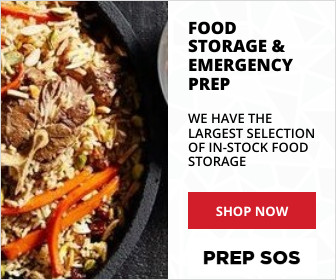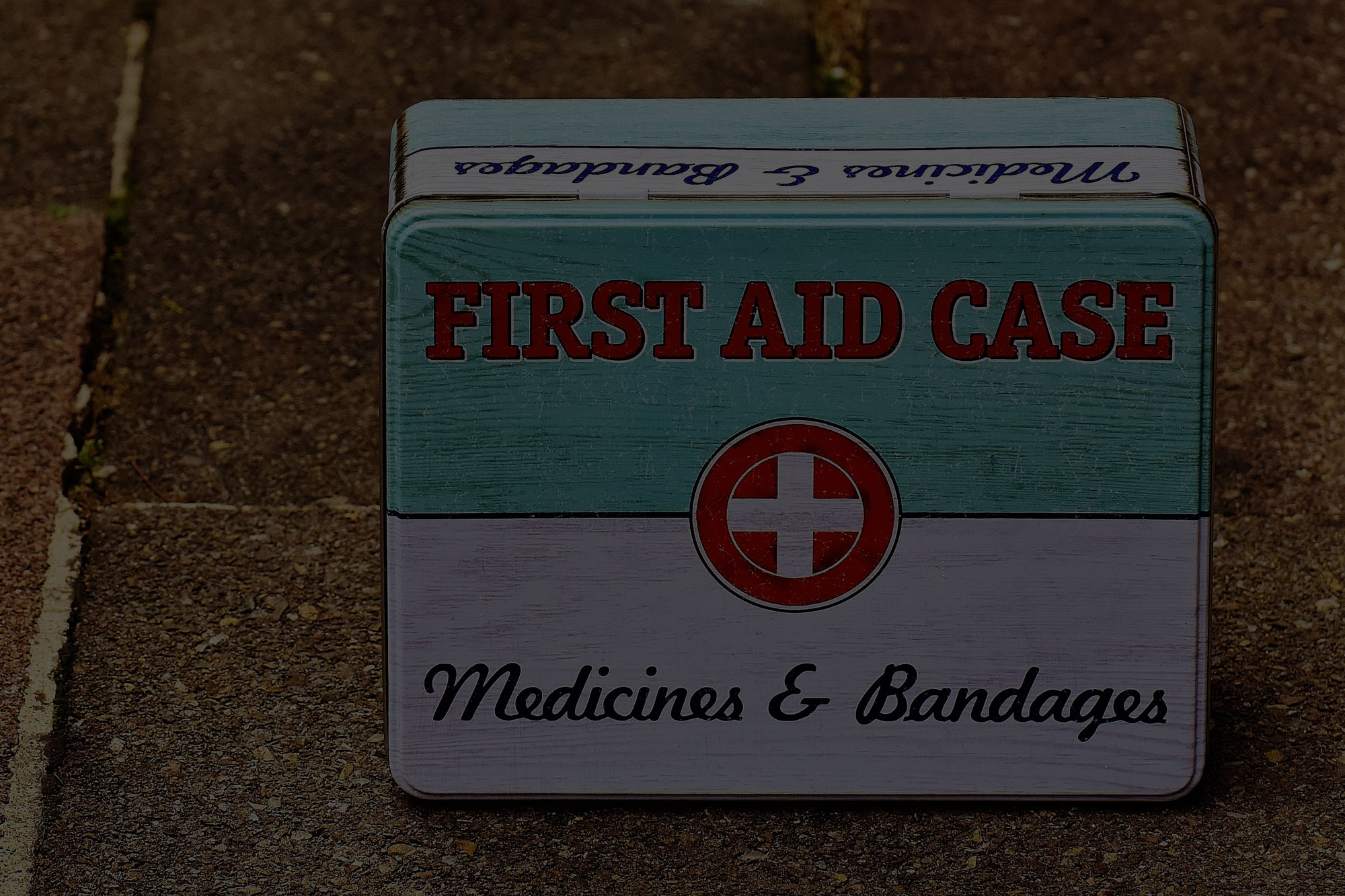 With increasing uncertainty when it comes to your health or your family’s health you should always be prepared for any situation in life. People who prepare in advance always have a better chance of dealing with the problem when it presents itself.
With increasing uncertainty when it comes to your health or your family’s health you should always be prepared for any situation in life. People who prepare in advance always have a better chance of dealing with the problem when it presents itself.
What usually comes in handy in case of emergencies and accidents is a first aid kit. A first aid kit is a small box containing items such as plasters, bandages, and antiseptic wipes for use in giving help to a sick or injured person until full medical treatment is available. It is important to have a well stocked first aid kit in your home so you can deal with injuries, cuts and bruises or even minor accidents.
It is crucial for your first aid kit to be locked and kept in a cool, dry place out the sun and out of the reach of children who tend to meddle.
You can always buy a readymade first aid kit from a shop or even online. Shopping online for a first aid kit has many perks to it. You can search for the perfect first aid kit that comes with all the essentials at a reasonable price from the comfort of your very own home. However, if you are the type of person to personalize your belongings then making a first aid kit of your own is not a bad idea either. It is more convenient in the sense that everything that this customized first aid kit may have will be of completely your choice. Even if you do resort to buy a first aid kit from a shop you can always customize it later buy adding a few items of necessity on the list.
What exactly does a basic first aid kit consist of?
- Small, medium and large sterile gauze dressings
- Plasters in a variety of different shapes and sizes
- At least two sterile eye dressings
- Triangular bandages
- Crepe rolled bandages ( roller bandages)
- Safety pins
- Disposable sterile gloves
- Tweezers
- Scissors preferably two of them
- Alcohol- free cleansing wipes
- Sticky tape
- Thermomemeter ( preferably digital)
- Skin rash cream such as hydrocortisone or calendula
- Cream or spray to relieve insect bites and stings
- Antiseptic cream
- Painkillers such paracetamol or infant paracetamol for children , aspirin ( not to be given to children under 16) or ibuprofen, Tylenol
- Cough medicine such as Nicor or Daycor
- Antihistamine tablets
- Distilled water for cleaning wounds
- Eye wash and eye bath
- Disposable gloves
- Face shields or packet masks
- Alcohol gel
- Survival blanket ( lighter and smaller than regular blanket)
 It may also be helpful to keep a first aid kit manual or instruction booklet along with your first aid kit. In case of emergency and in the absence of a doctor these instruction booklets can guide even a child to carry out the most basic of steps to either ensure a clean wound or how to apply a bandage.
It may also be helpful to keep a first aid kit manual or instruction booklet along with your first aid kit. In case of emergency and in the absence of a doctor these instruction booklets can guide even a child to carry out the most basic of steps to either ensure a clean wound or how to apply a bandage.
Other precautions should also be taking while preparing a home first aid kit such as checking the label on the medicines and making sure on a regular basis that they are within their use-by dates.
How to use your first aid kit
When it comes to sterile dressings and plasters, use the plasters for small grazes and cuts. For more cushioning people usually use any clean non-fluffy material, like a cloth or a scarf, that is, if a first aid kit isn’t on hand. However with help of your home made first aid kit you can use a sterile pad and hold it in place with sticky tape. In case of a larger wound that is bleeding a sterile wound dressing is recommended. A sterile wound dressing is a sterile pad attached to a bandage. They apply pressure to help stop the bleeding and are quick and easy to put on it an emergency.
When it comes to bandages there are two types: roller bandages and triangular bandages. Roller bandages are long thin bandages rolled up. They are used to support joint injuries or to hold dressings in place, put pressure on wounds to stop bleeding and reduce the swelling. Triangular bandages are large triangular shaped pieces of cloth. You can fold a triangular bandage to use as either a bandage or sling, or, if sterile, as a dressing for large wounds and burns.
How to protect yourself while treating to a patient
It is important to remember to keep yourself safe during the situation as well. The patient will obviously be depending on you to treat their wounds usually in the case of children or old people but you should make sure you are not compromising your own health in the process. So after you are done treating the patient wash your hands and any other part of your body that might have been exposed to the infection. Or use alcohol gel to clean your hands if you cannot find any water.
 In order to reduce the risk of infection between yourself and someone you are helping use disposable gloves. Always wear gloves whenever you dress wounds or deal with anybody fluids or waste. In case of CPR use face shields or pockets masks, these are designed to prevent infection when you give rescue breaths.
In order to reduce the risk of infection between yourself and someone you are helping use disposable gloves. Always wear gloves whenever you dress wounds or deal with anybody fluids or waste. In case of CPR use face shields or pockets masks, these are designed to prevent infection when you give rescue breaths.
Other items and their uses
- Gauze pads as dressings: you use these as padding or as swabs to clean around wounds
- Cleansing swipes, alcohol free wipes: again used to clean the skin around the wound
- Sticky tape: you use it to hold the dressing in place or to hold the loose end of bandages
- Safety pins or clips: these are used to fasten the loose end of bandages to keep them in place
- Scissors and tweezers: these are used to cut sterile pads, bandages or sticky tape to the right length neatly. You can also use them if you need to cut someone’s clothing so that you have easier access to their wounds for example.


